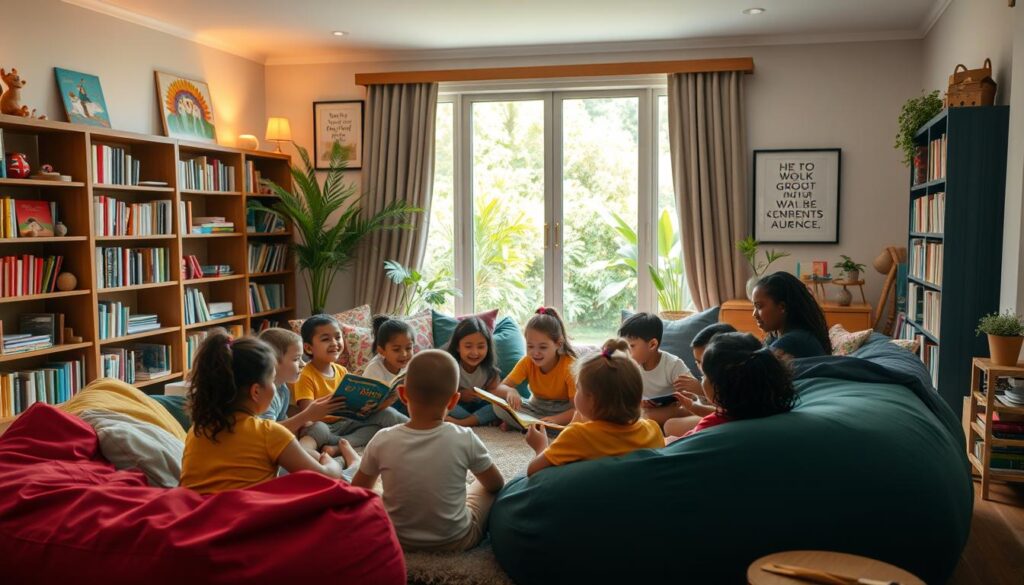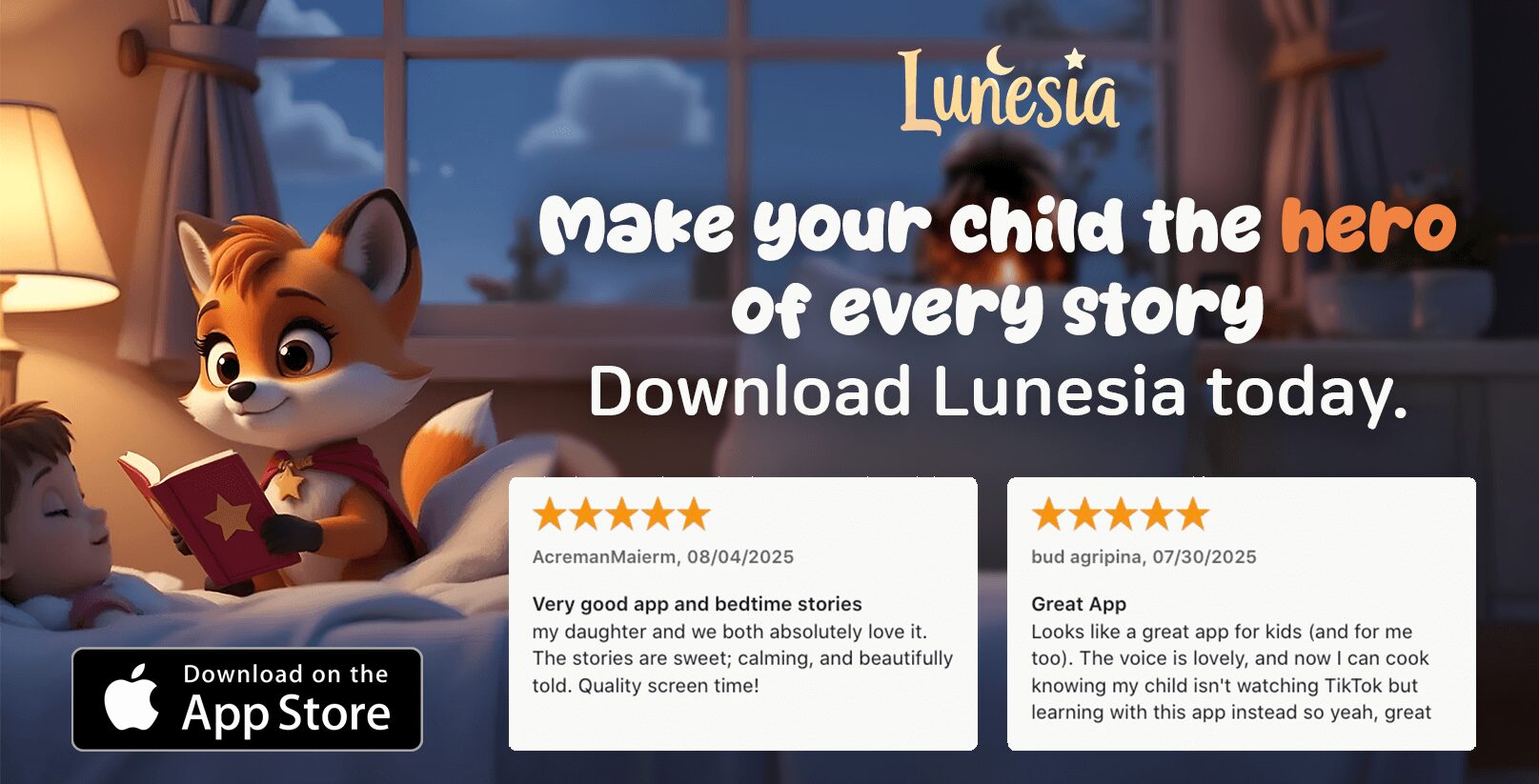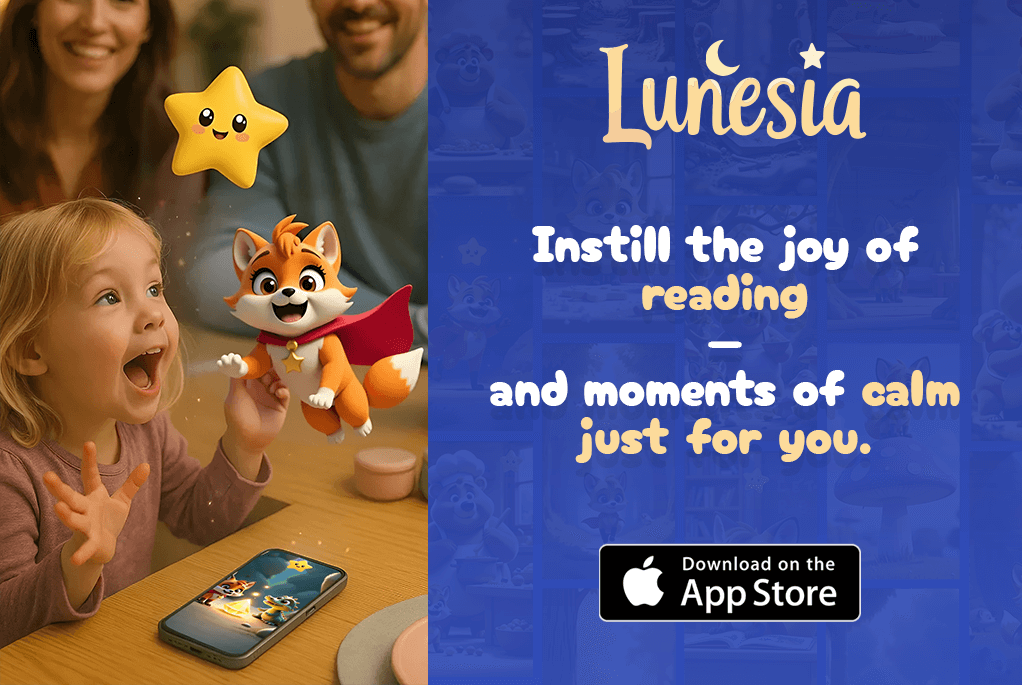What if the secret to raising unstoppable kids isn’t shielding them from failure—but guiding them through it?
I’ll never forget watching my niece tackle her first rocky hiking trail. Her tiny boots slipped, her knees wobbled, but she kept climbing—eyes fixed on the summit. That moment taught me more about inner strength than any parenting book ever could.
Life throws curveballs. A failed science project. A friendship hiccup. A lost soccer game. These aren’t just setbacks—they’re training grounds for bouncing back stronger. Think of it like building mental muscles: every challenge makes those “I can try again” fibers grow.
Stories become our best teachers here. When we share tales of characters who stumble yet persevere—like the time I got lost during a real wilderness trek—we give children a roadmap for their own struggles. It’s not about avoiding falls. It’s about showing them how to rise.
Through this guide, you’ll discover how simple moments—even handling a creepy-crawly surprise—can shape courageous problem-solvers. Let’s explore practical ways to nurture that spark of determination… because the world needs more kids who greet challenges with “What’s next?” instead of “I can’t.”
Understanding Resilience and Its Role in Child Development
Children’s ability to bounce back starts with how we frame their struggles. Picture a young gymnast mastering a cartwheel—she falls, adjusts, and tries again. That’s resilience: adapting through difficulty while maintaining hope. As Dr. Kenneth Ginsburg notes, “It’s not about avoiding storms, but learning to dance in the rain.”
Defining Resilience in Children
Resilience isn’t just toughness. It’s a dynamic mix of mental flexibility, emotional awareness, and physical perseverance. A child showing resilience might:
- Problem-solve after losing a game
- Express feelings about friendship conflicts
- Practice a skill repeatedly despite frustration
Harvard researchers call this “stress-hardiness”—the capacity to grow through challenges rather than merely survive them.
Benefits of a Resilient Mindset
Kids who develop this trait often excel academically, form stronger friendships, and approach setbacks with curiosity. Consider school transitions: A child prepared to handle new environments typically adapts faster than peers who fear uncertainty.
Time plays a crucial role here. Consistent support—like raising an independent child through gradual responsibility—builds lasting confidence. As one parent told me, “Watching my son navigate a scraped knee showed me how small wins add up.”
What moments have you noticed where a young one surprised you with their bounce-back spirit?
Storytelling as a Catalyst for Grit and Growth
Ever noticed how a simple campfire tale can spark real-world courage? During a family backpacking trip last summer, my nephew took a wrong turn that stretched our hike by two hours. Instead of panic, he recalled a story I’d shared about navigating unexpected detours. That’s when I saw firsthand how narratives shape perspective.

Learning from Real-Life Experiences
Sharing our own blunders—like the time I forgot my tent poles—helps children see mistakes as stepping stones. Psych Central emphasizes that stories create “mental rehearsals” for handling problems. Try this:
- Describe a challenge you faced (e.g., failed recipe experiment)
- Explain the skills you used to adapt (substituting ingredients)
- Highlight what you’d do differently next time
This approach turns everyday oops moments into blueprints for creative solutions.
How Stories Inspire Problem-Solving
Great tales don’t just show the way someone succeeded—they reveal the ways they stumbled first. When my daughter struggled with math, we discussed how J.K. Rowling revised her manuscripts 15 times. Now, she views tough equations as puzzles needing multiple attempts.
Start conversations with: “What would [story character] try here?” You’ll be amazed how quickly young minds bounce back when they’ve got fictional role models cheering them on.
Practical Strategies for teaching resilience to kids
Remember when you first rode a bike without training wheels? That mix of wobbles and wonder holds the key to developing lifelong skills. Let’s explore three proven approaches that turn everyday moments into confidence-building adventures.
Let Them Lead the Way
I learned this during a grocery trip with my 7-year-old. When I handed her the list and said “You’re in charge,” she initially froze—then blossomed into a tiny project manager. Psych Central suggests starting small:
- Let children pack their own lunch (expect sandwich crumbs!)
- Allow natural consequences—forgot a raincoat? Discuss how damp sleeves feel
- Ask “How could we solve this?” instead of fixing things immediately
“Children develop competence when we resist the urge to rescue,” notes Harvard’s resilience guide. “Every small struggle is like mental weightlifting.”
Reframe ‘Failure’ as Feedback
When my neighbor’s son botched his lemonade stand (he used salt instead of sugar), they turned it into a science experiment. Now they use the “Three Try Rule”:
| Situation | First Attempt | Improved Approach |
|---|---|---|
| Math homework errors | Frustration | “Let’s find where the numbers went dancing!” |
| Scuffed art project | Tears | “What cool texture does this add?” |
| Sports team rejection | Disappointment | “Which skills should we practice together?” |
Storytelling as Emotional GPS
Create “What If” scenarios during bedtime stories. Last week, we imagined a character facing stage fright. My daughter suggested: “She could pretend the audience are friendly owls!” This practice builds problem-solving muscles through safe experimentation.
Try these tonight:
- Act out tough situations with stuffed animals
- Draw comic strips showing challenges overcome
- Share your own childhood blunders (“My volcano science fair flop!”)
What first step will you take this week to turn stumbles into stepping stones?
Building Resilience Through Everyday Activities
Have you ever watched a child turn a spilled drink into a science experiment? Those messy, unplanned moments hold hidden lessons. The American Psychological Association reminds us: “Daily routines are classrooms for managing emotions.” Let’s explore how ordinary family interactions can become powerful tools for growth.
Integrating Mindfulness and Stress Management
Our mornings used to feel like tornado season—until we added a 2-minute “weather check.” Now, we:
- Name our feelings using weather terms (“I’m sunny today!”)
- Practice balloon breathing (inhale through nose, exhale slowly)
- Share one hopeful thought about the day
This simple ritual helps our crew navigate big emotions before breakfast. Research shows brief mindfulness practices improve emotional awareness in children by 40%.
Using Mistakes as Opportunities to Learn
Last week, my nephew added salt instead of sugar to cookie dough. Instead of frustration, we created “The Great Recipe Rescue Mission.” Here’s how to transform oops moments:
| Situation | Initial Reaction | Growth Opportunity |
|---|---|---|
| Spilled juice | “I ruined everything!” | “Let’s experiment with absorption!” |
| Forgotten homework | Panic | “What systems could prevent this?” |
| Sibling argument | Anger | “How might both sides feel?” |
End each day with “Three Tiny Wins”—acknowledging progress, not perfection. Did someone share toys? Try a new food? These celebrations wire brains to notice victories in everyday life.
Nurturing a Supportive Environment at Home and School
Teamwork makes the dream work—especially when building mental toughness. I realized this during a chaotic week when my daughter’s school project collided with my work deadline. Our shared deep breaths and laughter taught me: support systems shape how young minds handle pressure.

Role Modeling Resilient Behaviors
Children become what they see. When I accidentally burned dinner last month, I turned it into a lesson: “Let’s brainstorm fire-free recipes!” Psych Central confirms kids mirror adult reactions to stress. Try these real-world strategies:
- Verbalize problem-solving (“Hmm, this zipper’s stuck—maybe oil?”)
- Share age-appropriate work challenges (“My presentation had errors—I asked for feedback”)
- Celebrate effort over results (“You practiced that song 10 times—that’s dedication!”)
The American Academy of Pediatrics notes consistent modeling helps children develop emotional regulation over years.
Collaborative Strategies with Educators and Psychologists
Last fall, my son’s teacher noticed his anxiety about math. Together, we created a “Mistake Museum” where errors became exhibits. This teamwork approach works because:
| Home | School | Result |
|---|---|---|
| Calm-down corner | Peaceful classroom nook | Consistent coping spaces |
| Family gratitude journals | Peer appreciation circles | Strengthened social bonds |
Psychologists suggest monthly check-ins with teachers. For toddler tantrums or teen struggles, aligned responses teach natural consequences without shame. One principal told me: “When parents and staff collaborate, students feel anchored during storms.”
Conclusion
Just as saplings grow stronger facing gentle winds, our children develop inner strength through life’s everyday gusts. Every strategy we’ve explored—from storytelling to mindful problem-solving—weaves together like roots anchoring a tree. Harvard researchers confirm this: resilience isn’t innate, but cultivated through consistent practice.
Your family conversations become the soil where courage takes root. When we discuss spilled milk as science experiments or forgotten homework as system-building opportunities, we reframe challenges into growth labs. Psych Central notes these small moments build “emotional muscle memory” for bigger storms ahead.
The world needs young minds who see detours as adventures. Start tonight: share a story about overcoming stage fright, then ask, “What would you try first?” Celebrate the crumpled math paper that shows effort, not just answers. These practices plant seeds for a future where setbacks become stepping stones.
You’ve got this. Every deep breath during meltdowns, every “let’s try again” after failures—they matter. Together, we’re raising a generation that doesn’t just weather life’s rains… but learns to dance in them.
FAQ
How can storytelling help my child develop grit?
Stories create emotional connections that let kids safely explore challenges through characters. When we discuss how protagonists overcome obstacles, children internalize problem-solving strategies and learn that setbacks are temporary. Try using books like The Most Magnificent Thing by Ashley Spires to spark conversations about persistence.
What’s the earliest age to start building resilience skills?
You can nurture foundational skills as young as 2-3 years by labeling emotions during tantrums (“I see you’re frustrated”) and celebrating small wins. By age 5, children begin understanding cause-effect relationships, making it ideal for simple “problem-solving stories” where characters face relatable conflicts.
How do I help my child bounce back from failure without anxiety?
Frame mistakes as detective opportunities – “What clues did we discover?” Use growth mindset language like “You haven’t mastered this yet.” Psychologists recommend sharing your own failures openly (“My cake collapsed too! Let’s troubleshoot together”) to normalize setbacks as learning steps.
Are some kids naturally less resilient than others?
While temperament plays a role (sensitive children might need more support), resilience is a learned skill like reading. The American Psychological Association notes that consistent routines, secure attachments, and gradual exposure to challenges help all children strengthen their “bounce-back muscles” over time.
How can schools and parents collaborate on resilience-building?
Many teachers use classroom “reset strategies” like breathing exercises or reflection corners that you can mirror at home. Share what works – if your child responds well to visual emotion charts, suggest teachers incorporate similar tools. Jointly celebrate progress in areas like conflict resolution or task persistence.
What are signs my child is becoming more resilient?
Look for micro-improvements: quicker recovery after disappointments, using coping strategies independently (“I’ll take 3 breaths”), or reframing thoughts (“This is hard, but I’ll try a different way”). Track progress through a “grit journal” where they draw/write about daily challenges overcome.
Can focusing on resilience worsen anxiety about future problems?
When taught properly, resilience reduces anxiety by building confidence in their coping abilities. Avoid catastrophic language (“The world is tough”). Instead, emphasize their growing toolkit: “Remember how you solved the puzzle? You’ll figure this out too.” Balance challenges with reminders of support systems.




